By now most of us are already familiar with what an IMAX movie screen provides to the cinematic experience. These screens are much bigger than usual ones, with an aspect ratio that brings them closer to the 4:3 ratio found in old CRT televisions, moving away from the wider ratios cinemas became accustomed to. Over the years with the advancing IMAX technology, IMAX cameras became both smaller and cheaper allowing directors to use them more often, up to the point where we got entire feature films where only such cameras were used.
But the main thing with the format isn’t the aspect ratio, it’s the size of the frame/screen itself. The point was to allow for an image of such size that, aided by the steeper angle in which the seats are arranged, the audience would undergo a much more immersive experience as its field of view would be completely occupied by the image being projected. But this would also mean that, as audiences wouldn’t be able to properly keep up with the entirety of the screen, the edges (and especially the upper and lower ones) shouldn’t contain crucial information to the scene as it could end up being lost to the viewer. This way, when framing a shot, one should take all of this into consideration to allow for the best possible viewing experience, and not having to ask the audience to keep tracking a screen so big in its entirety in search of vital story details.

But Zack Snyder, while using such a tall aspect ratio, had a different approach when composing Justice League shots. He decided to use every square inch of the frame to tell his story, including placing crucial information to the story both front and center as well as in the edges of the frame. If this was to be a regular theatrical release one might argue that this would be an ill-usage of the IMAX format, as having such an action-packed movie asking the viewers to keep up with so much information, on such a large screen, might prove too much. But the circumstances dictated that Snyder’s cut would end up being released through HBO Max, and audiences will now have to experience the feature film in their own homes, through their TVs. This means that the screen size has been considerably downgraded, and having information scattered throughout its entirety suddenly becomes a non-issue. In fact, it might even add to the experience since, by using both the upper and lower edges of the screen to their full potential, you are now reaching the home-theater audiences in a much more engaging way. If the shot composition was less on the unusual side, when adapting the material to the small screen you could always, as many do, cut the image without leaving out important material to the story, but that would mean that, in this case, people wouldn’t get to enjoy the shots to their fullest since there was no usual theatrical run to go with the home media release.
This way, a creative choice that seemed to deviate from the norm (and not in the best way), might end up proving itself as the right decision as, a little over a month from now, audiences sit on their couches to enjoy Snyder’s definitive take on his Justice League project.
Source: Justice Con / Youtube







